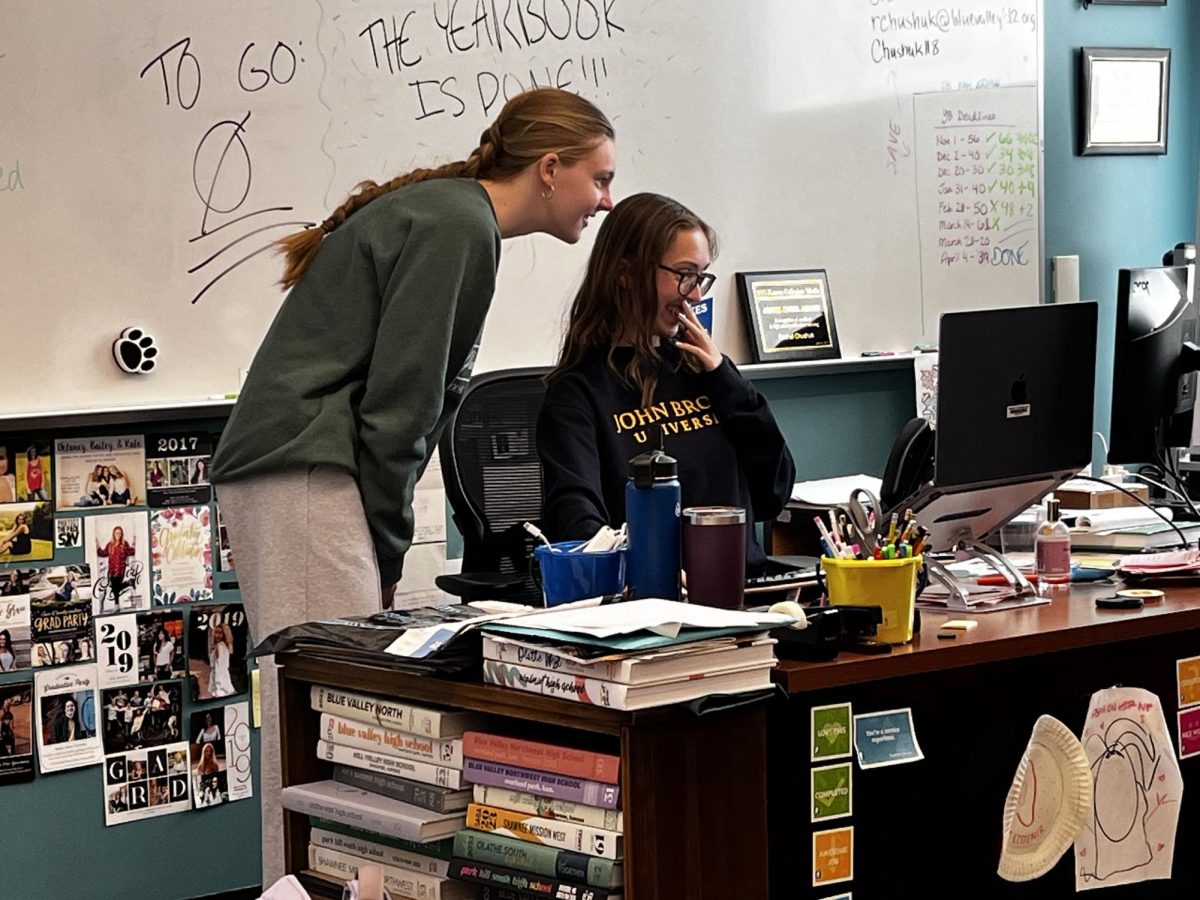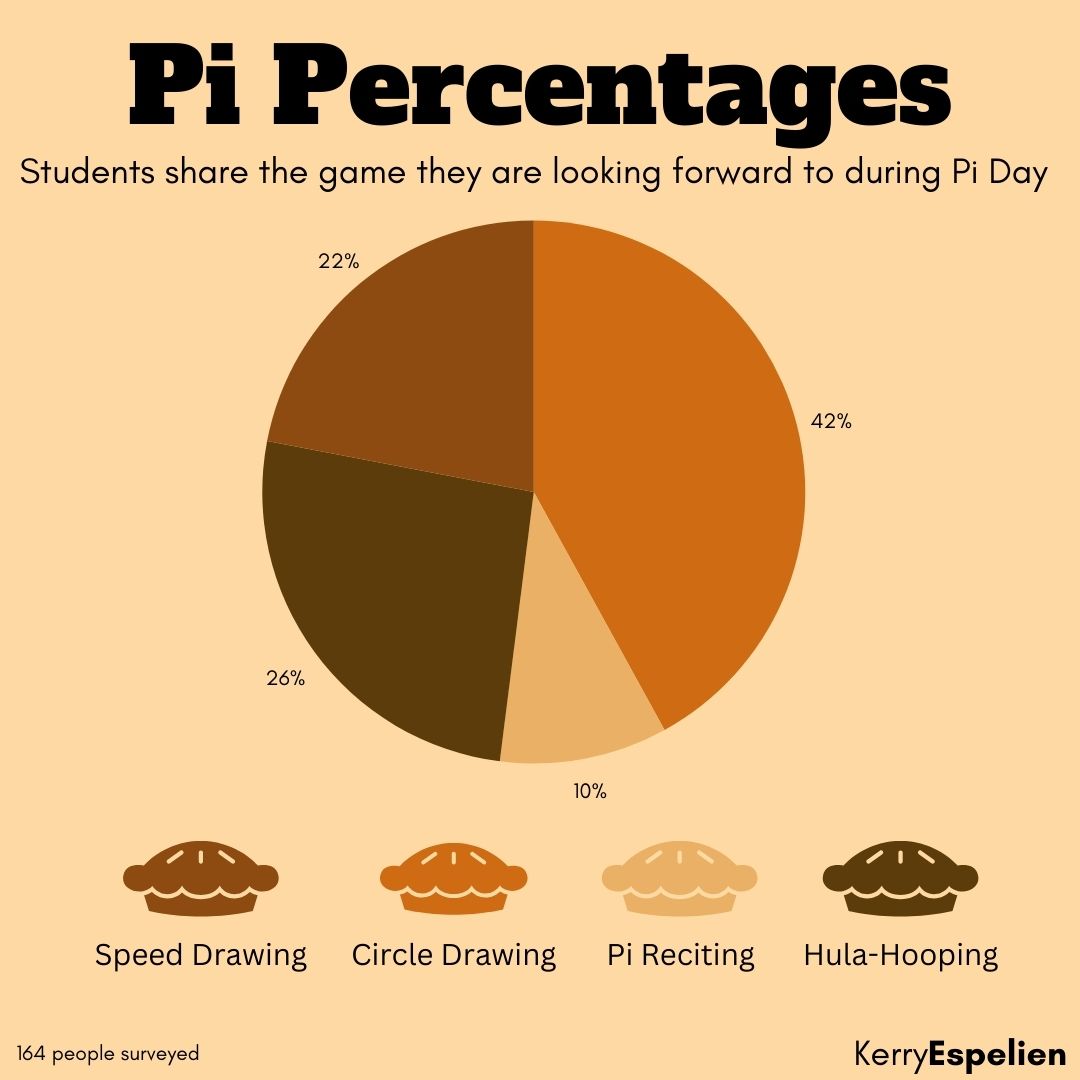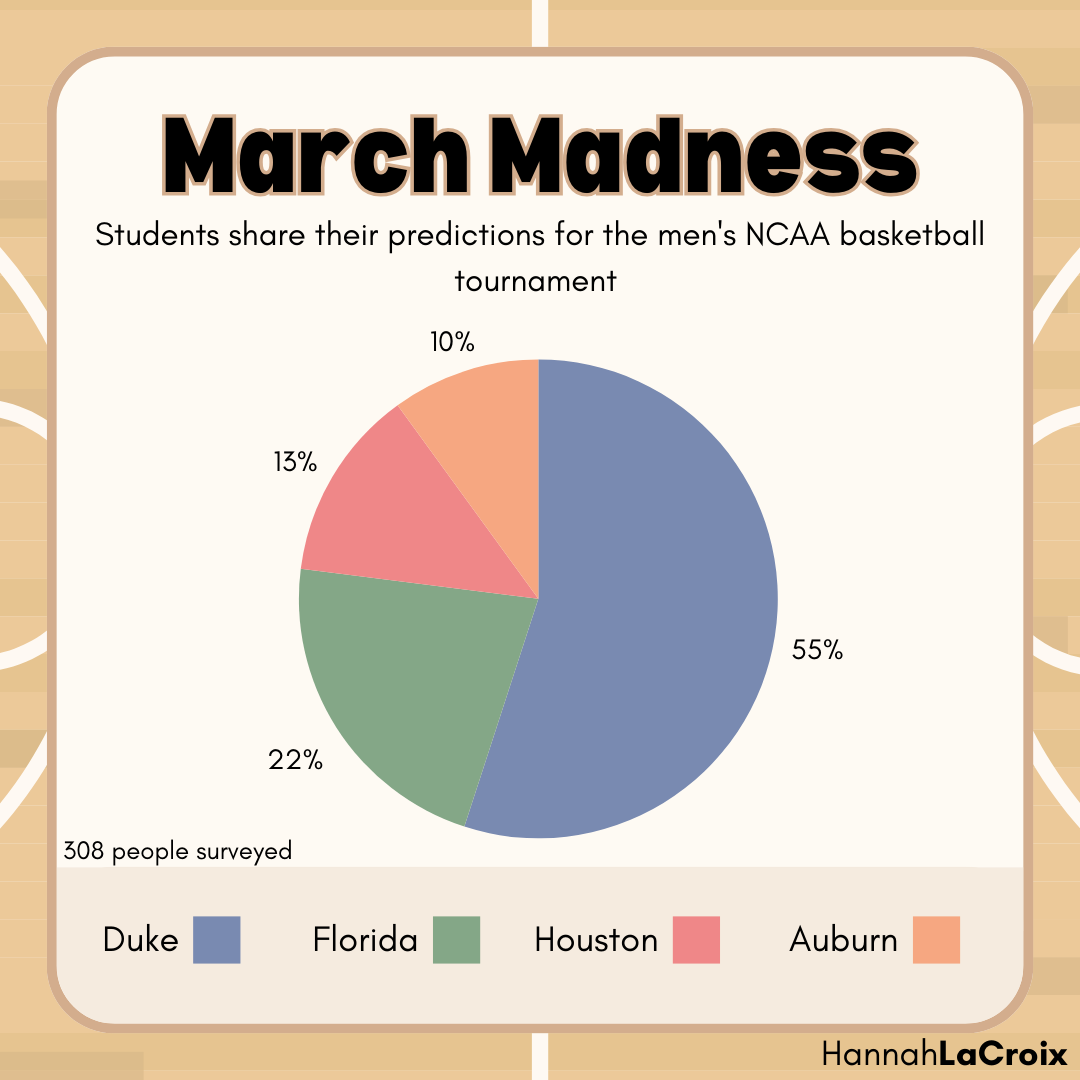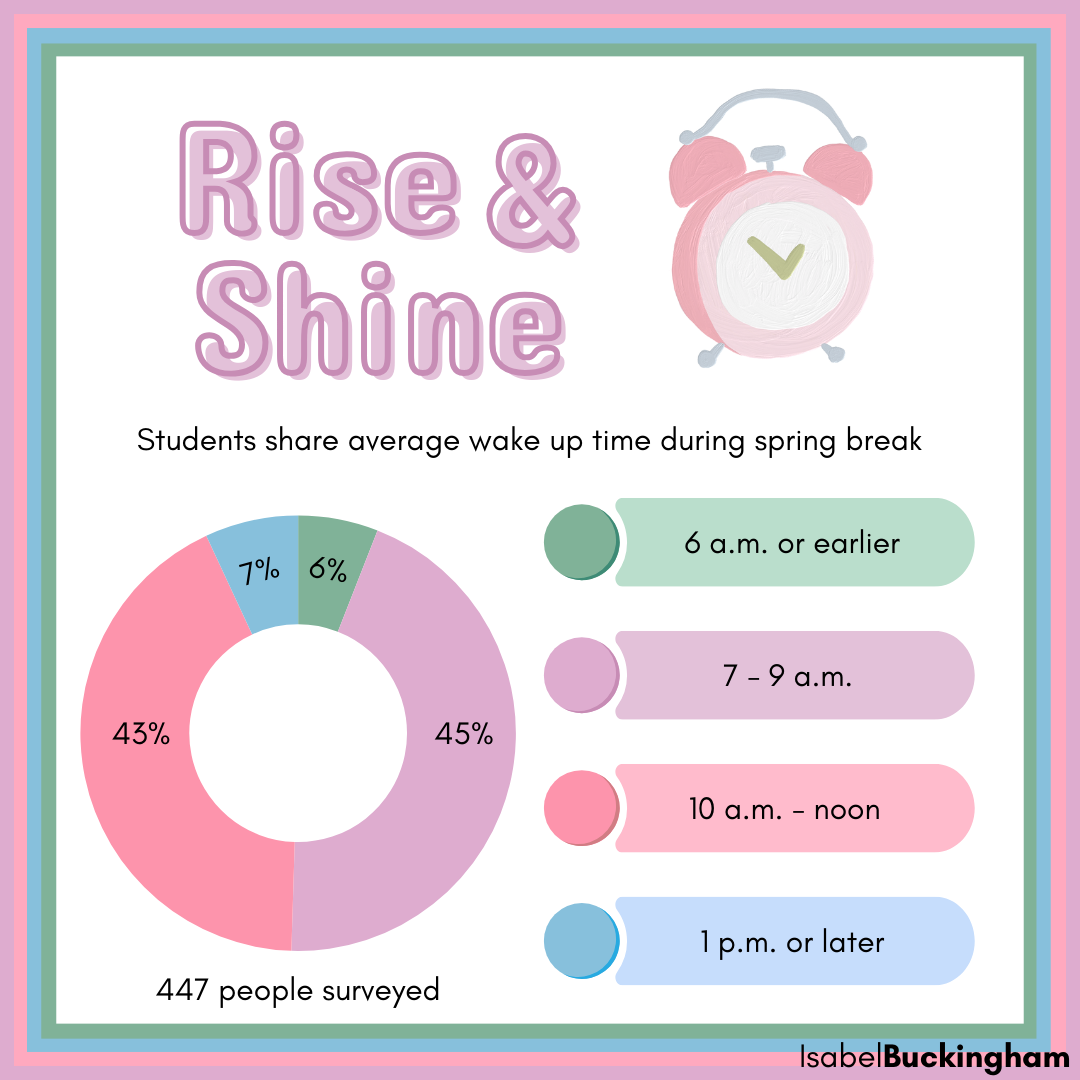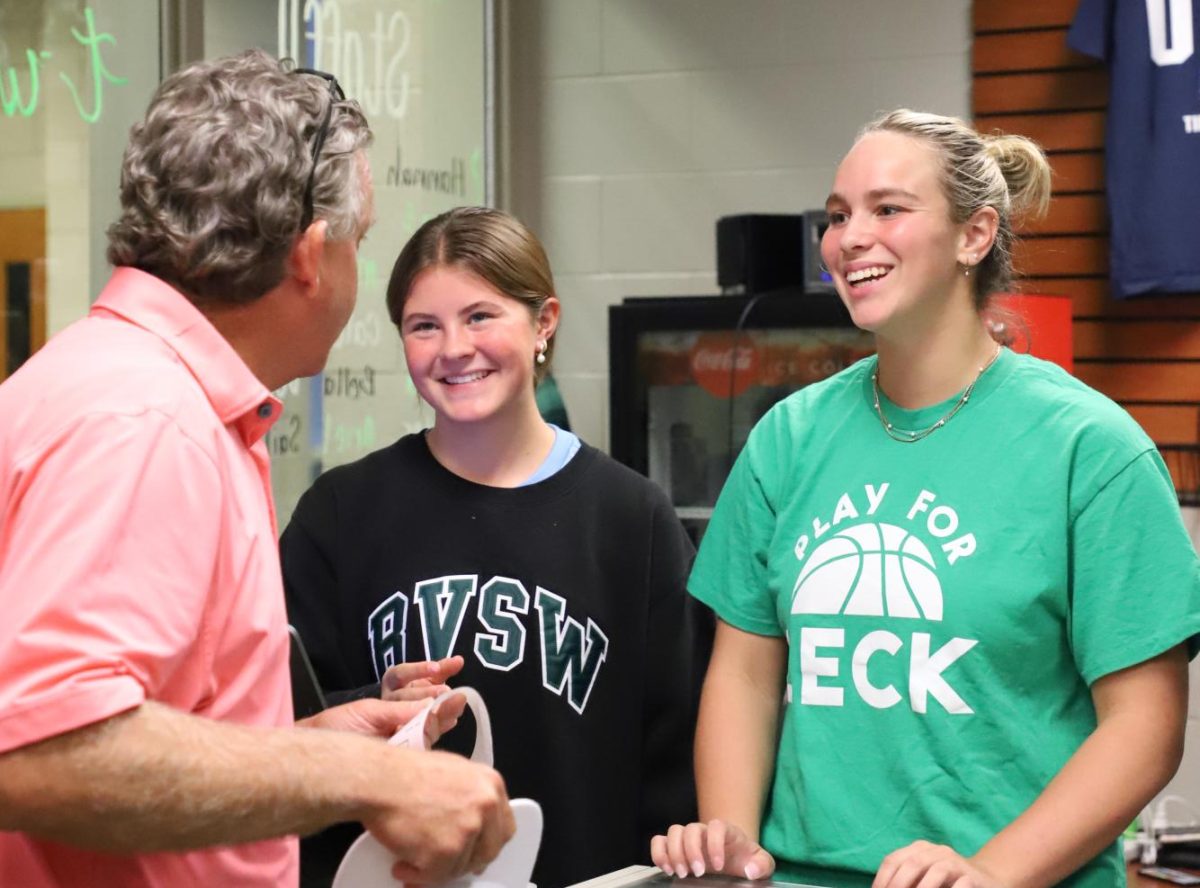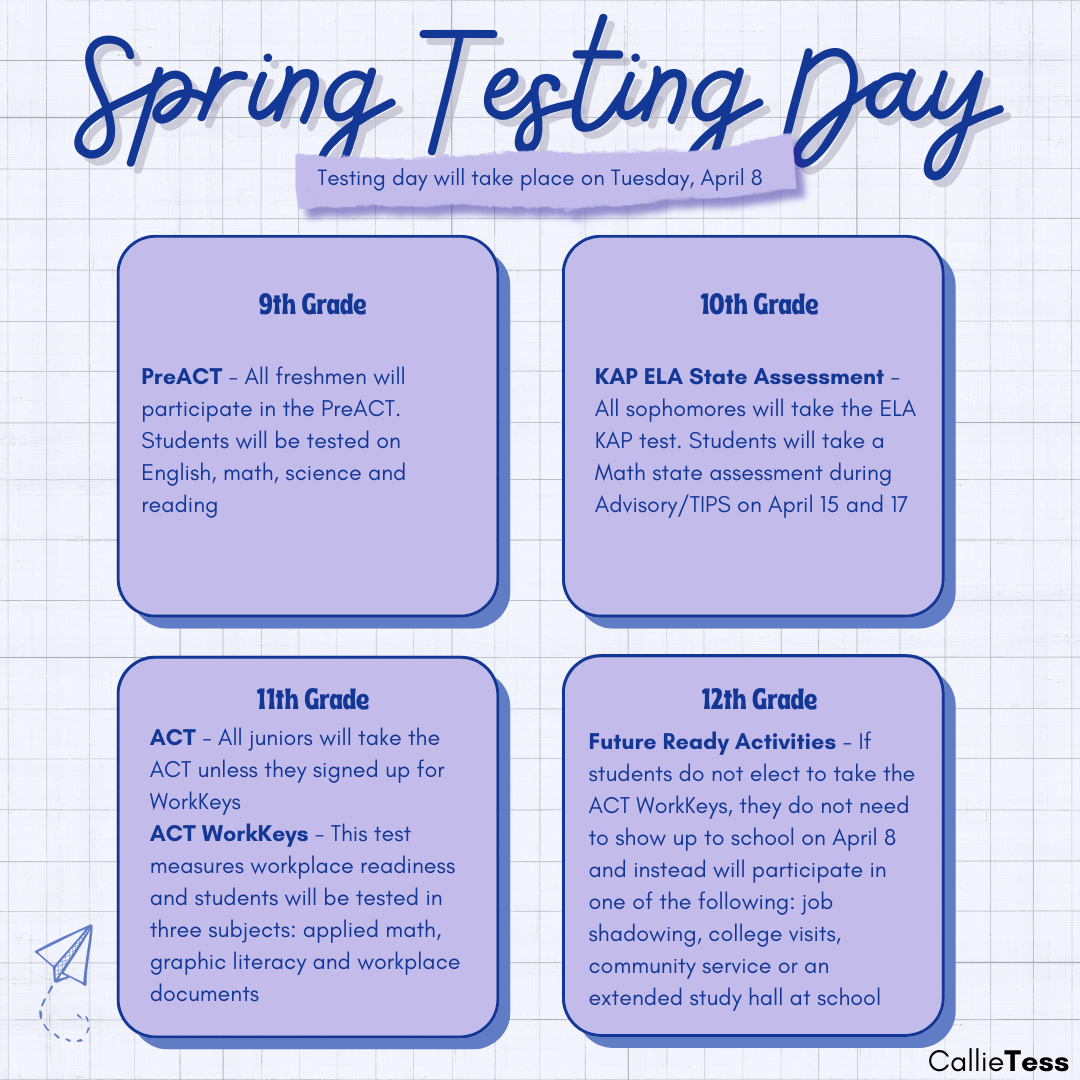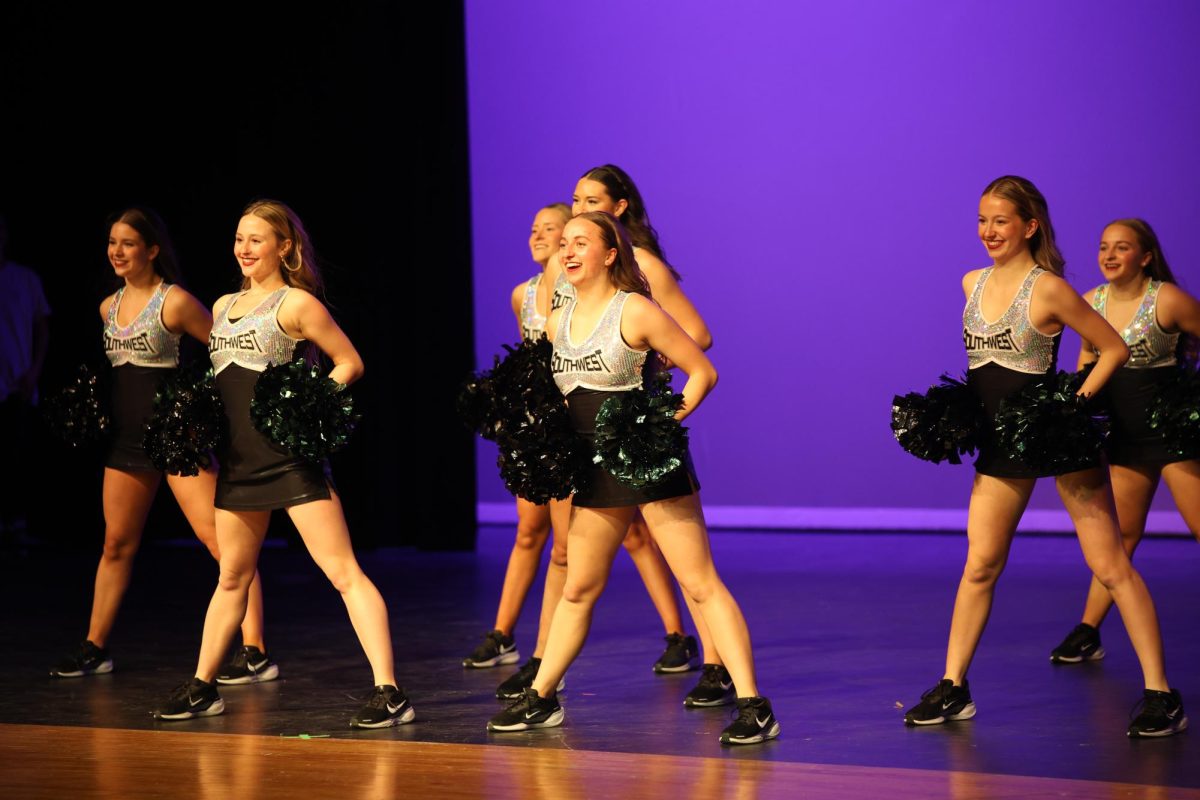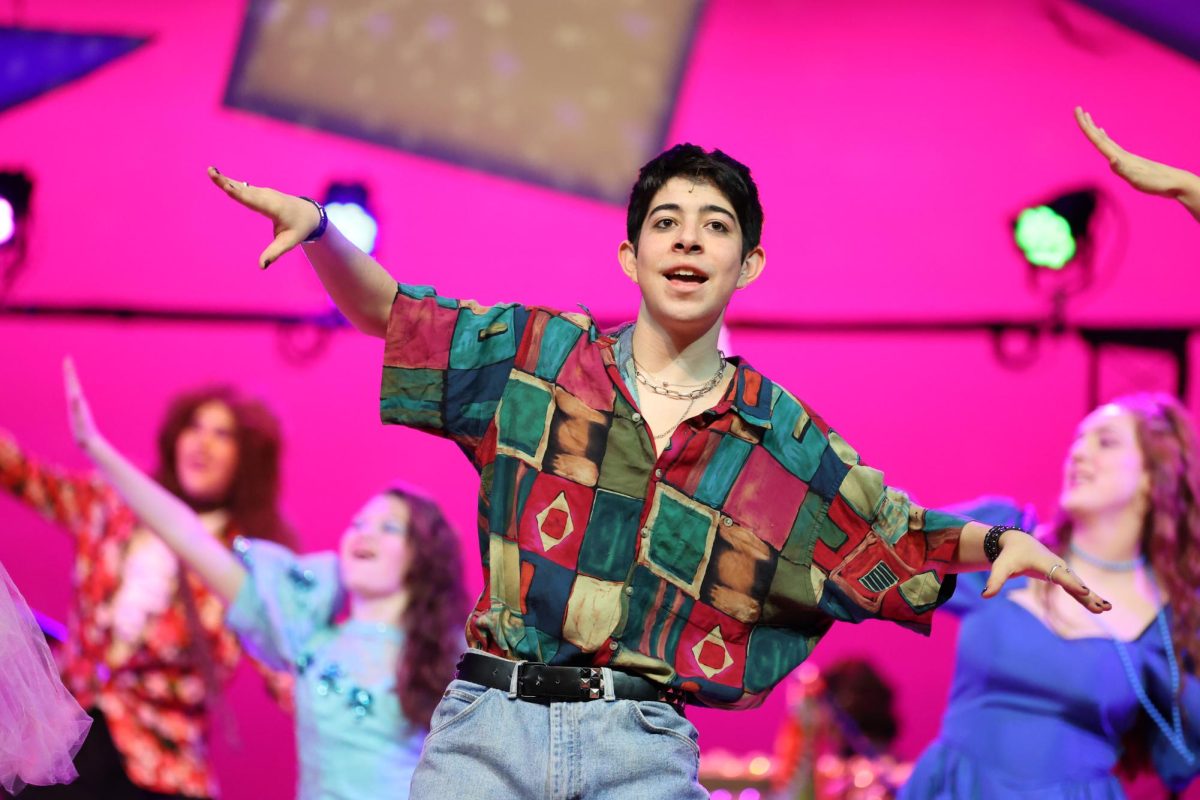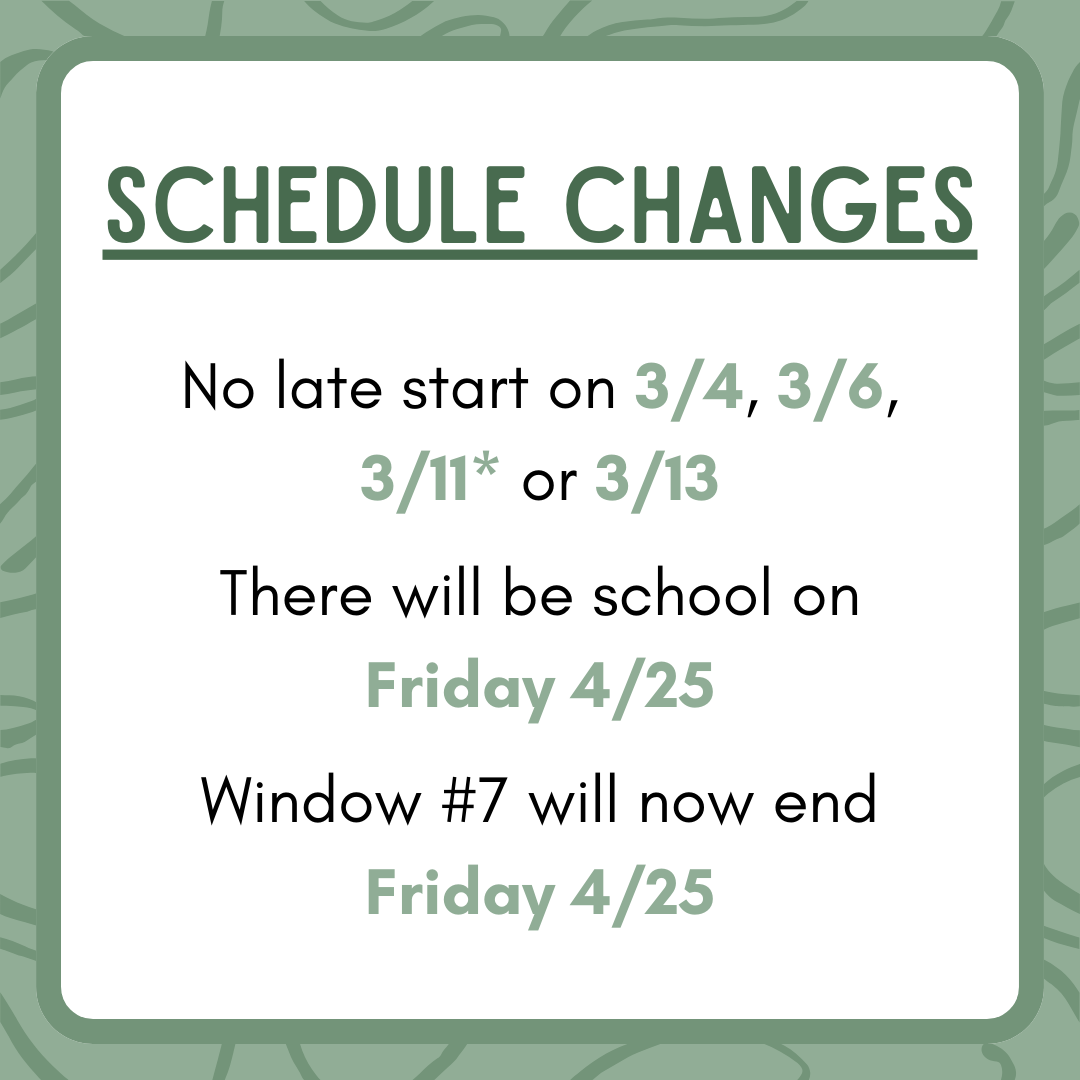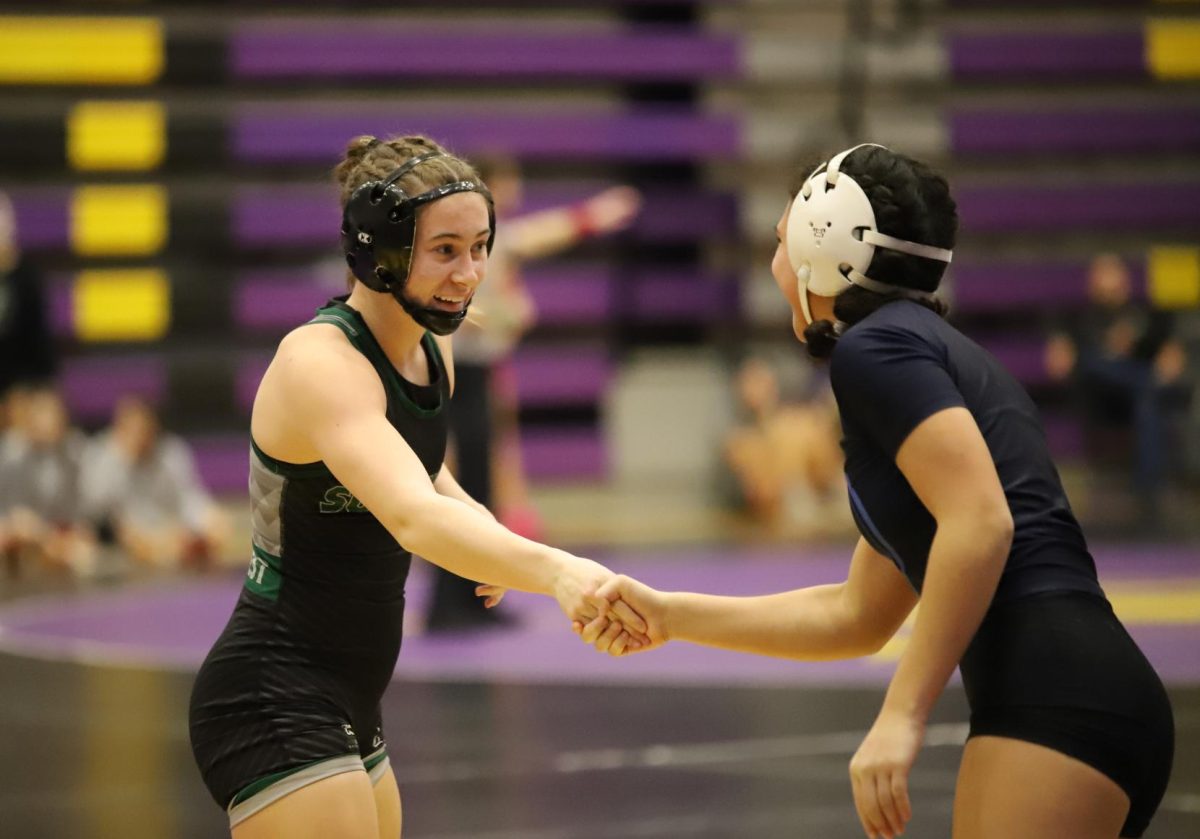Violence is everywhere. It does not hide itself. Private residences, parks, streets, sidewalks, neighborhoods, cars and prisons are all settings where people fall victim to violence.
However, for the longest time, there was always one place that seemed to be relatively immune from shootings, beatings, and vulgar acts, a veritable bastion of safety: schools.
The recent trend has disproved this long-held popular belief, as schools have seen cou
ntless unfortunate events like Columbine, Virginia Tech and Newtown shootings grow more numerous and less sparse. According to the New York Times, since 1994, school shootings alone amount to 46 and have yielded 207 fatalities. Compared with the 31 school shootings in the 218 years before 1994, it seems obvious to junior Connor Davis that
America is facing an outburst of attacks and shootings.
“Every school shooting is awful,” Davis said.“However, I think some anger is misplaced. Instead of sensationalizing the shooter’s actions, we should look for a solution. There are lots of options on how to respond; we could stop bullying, that way there are no messed-up adults. We should cut it off at the source.”
Behind all of the bruises, blood, damage and distress, there are many emotional complexities associated with incidences of school violence. The most recent example, in Newtown, Conn., displayed feelings ranging from tense, angry, heartbroken, confused and accusatory.
Although only a few of its examples are highlighted by the media magnifying glass, school violence is more common than one would think.
The Center for Disease Control and Prevention’s yearly research conducted on violence in the school setting revealed that the 7.8 percent of students who experience this malice firsthand suffer at the hands of people who have had negative relationships within their home, school, community and self.
School psychologist Cathy Kerr thinks that, despite the complex array emotions a perpetrator of school violence experiences, the feelings of witnesses are just as strong.
“Probably one of the biggest results of school violence is the disillusionment of innocence and the assumption of safety,” Kerr said. “Shootings, like the one in Connecticut, scare everyone, make it difficult to send kids to school and cause us to look for blame and reasons. In my opinion, the only blame can be placed directly on the shooter.”
It also has occurred to Kerr that people tend to have widely varied reactions as a result of school violence.
“One of the few things all Americans have in common is some type of schooling,” Kerr said. “That makes everyone an ‘expert’ on schools and education. We all start with the model of our own experience and make judgments from there. This affects school standards of discipline, curriculum, school schedules and expectations. Everyone has an opinion and suggestions. The thing we can all agree on is that gun violence has no place in the schools.”


